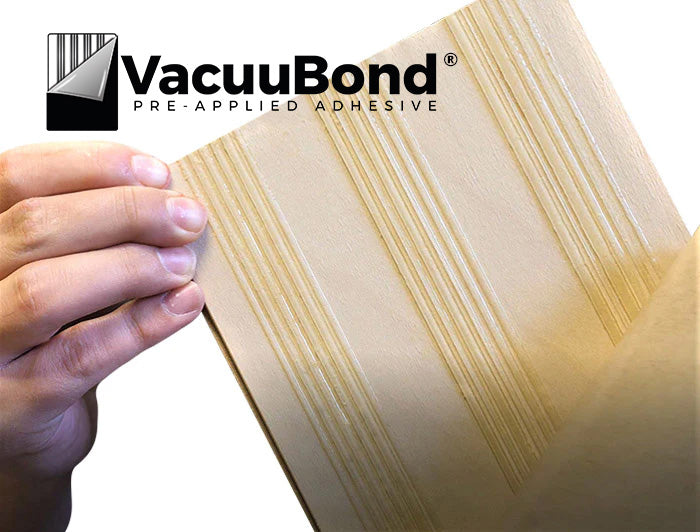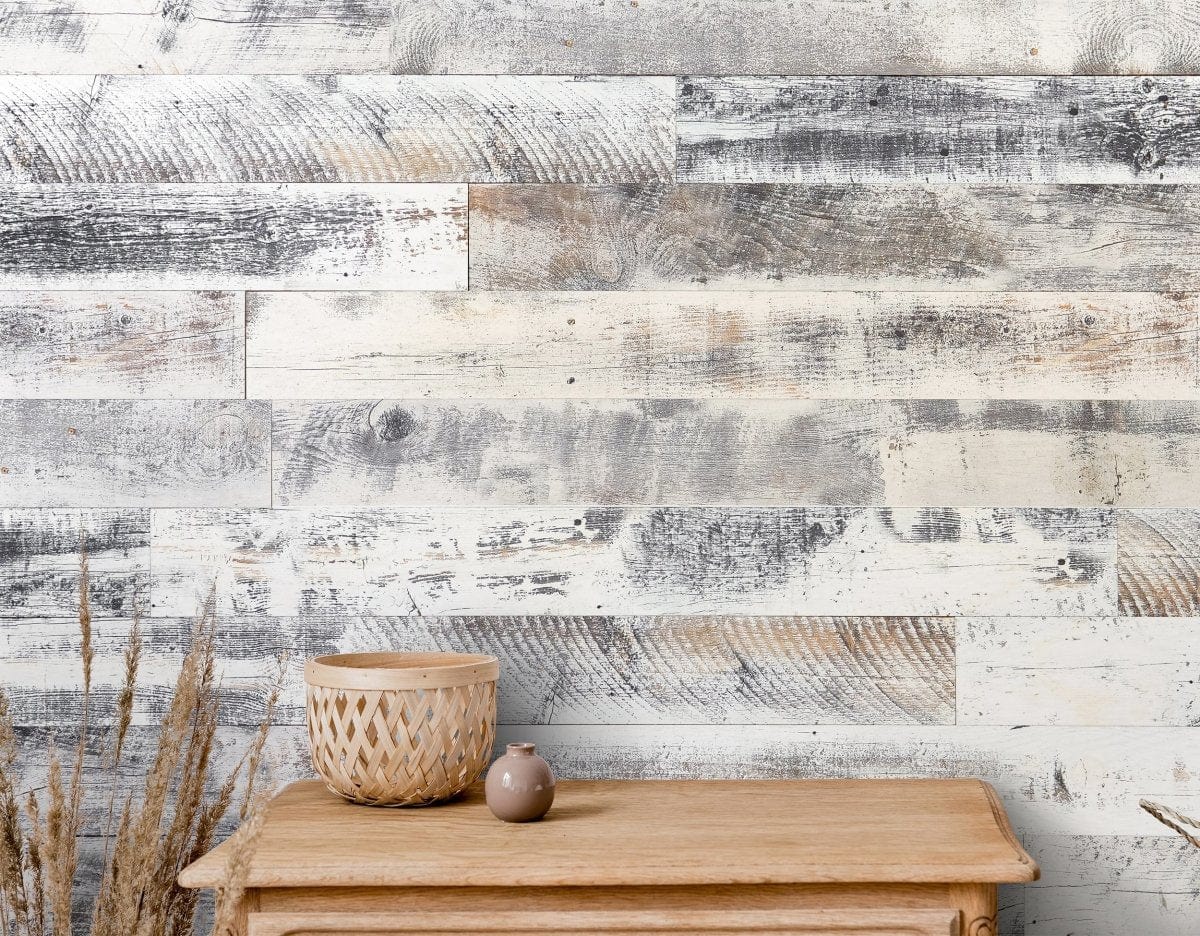Your Cart is Empty
Get your first 3 samples FREE! Use code: 3FREESAMPLES at checkout!
Get your first 3 samples FREE! Use code: 3FREESAMPLES at checkout!
Shop Products
What's Trending
Resources
Wallplanks® Blogs
The Best Top Coat Wood Finish
Pre-Applied Adhesive
Wallplanks® Blogs

View Blogs >
The Best Top Coat Wood Finish

Read More >
Pre-Applied Adhesive

Read More >
The Different Types of Wall Panels and Their Advantages
October 18, 2019 3 min read

 Laminate, PVC, Glass, or Wooden Panels: What’s Your Choice?
Laminate, PVC, Glass, or Wooden Panels: What’s Your Choice?
Wall panels give your home or office that charming and classy look that you may need for a remodel or new room. At present, there are about 14 billion Pinterest home looks to be found on the internet, and this figure shows a 75% increase in home looks since 2017. If it’s anything to go by in terms of remodeling industry trends, it shows a revived interest in renovations, remodels, and additions.
While there are many ways to renovate a home or give a room a complete makeover, there are some projects that are simpler and more effective than others. Wall panels are some of the essential materials that help to give your home a new look while providing an easy and affordable installation process. These wall panels come in a variety of sizes, colors, textures, and materials. The impressive variety gives excellent control on how to finish your wall paneling projects. Not surprisingly, wall panels are growing in popularity and variety. But what are the ideal boards for your walls? If you’re looking for insight into the pros of different types of panels, then you’re in the right place. Here are just some of the options you'll be able to choose from.
Wooden Wall Panels
Interior wood plank walls are manufactured from harvested hard or softwoods. Wooden panels are preferable because of their natural looks. Interior wood plank walls are timeless and beautiful. The panels provide perfect insulation in cold and warm weather. Wood also provides acoustic insulation.
PVC Wall Panels
PVC wall panels are made from Poly Vinyl Chloride. The PVC wall panels are a perfect choice for wet rooms, which may include toilets, kitchens, bathrooms, garages, and basement rooms. PVC is helpful because it’s easy to clean and maintain. Plus, it’s rustproof, fireproof, waterproof, and has acoustic cushioning properties. These wall panels are ideal for areas that experience more traffic and a little rough handling that may get your walls dirty. Installing and replacing your PVC wall panels is also quick and easy.
Laminate Wall Panels
Laminate wood panels are made from engineered hardwood and softwood composite materials, which are pressed at high temperatures to compact the wooden material and provide sturdy planks. The look-alike of wooden material is then placed on the composite material to create laminate panels with a natural wood-like surface. These panels are made from affordable materials used to manufacture the boards. As such, their costs can be less than actual wooden panels. The installation, compared to that of hardwood wall panels, can also be more accessible. Laminate walls are easy to maintain and clean. It’s thus an ideal choice for parents that have small kids.
Fiberboard (Hardboard) Panels
Like laminate panels or chipboard panels, fiberboard panels are also manufactured through the hot pressing process. But the hot-pressed material comes from wood fibers and other plant materials. Though less prone to moisture-based damage, they are more friendly to the environment. That said, you can’t use them in wet rooms, making them a less versatile option for homeowners.
Glass Panels
Glass wall panels come in different colors, thickness, strength, and surface areas. These panels create photographic images, which need a strong base. The makers of glass panels use modern technologies to protect and strengthen them. As such, they last for long durations. Like PVC, they’re easy to clean.
Peel and Stick Planks
Peel and stick wood planks for walls are a variety of self-adhering wall planks that are thinner than typical wall panels. These peel and stick planks are easy to install because they have a surface that adheres to the prepared wall base with ease. Peel and stick planks are easy to clean and water-resistant. Unlike most stick-on panels, peel and stick planks are an affordable option that will cost you less to install and maintain.
This array of wall panels and their different features may provide you with too much variety, leaving you confused about which to choose. But you can always start by considering your budget, the desired end look of your walls, and the kind of rooms that you plan to panel. You should also know more about the installation costs, time, and the ability to clean your panels with ease. If you are unable to decide, then you should consult your contractor or handyman to get some professional help.


 Laminate, PVC, Glass, or Wooden Panels: What’s Your Choice?
Laminate, PVC, Glass, or Wooden Panels: What’s Your Choice?